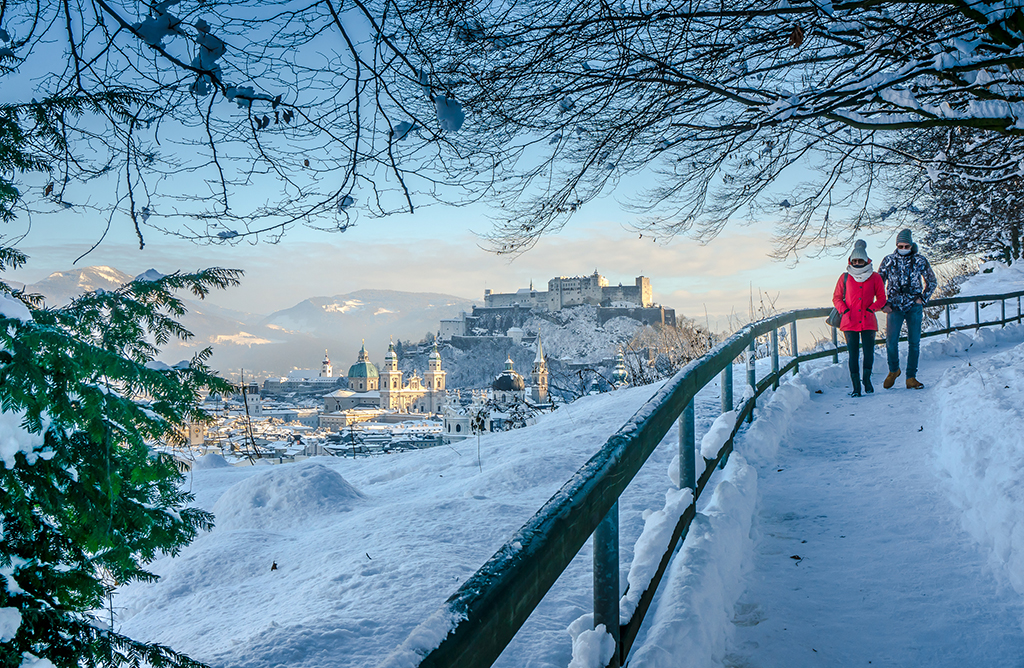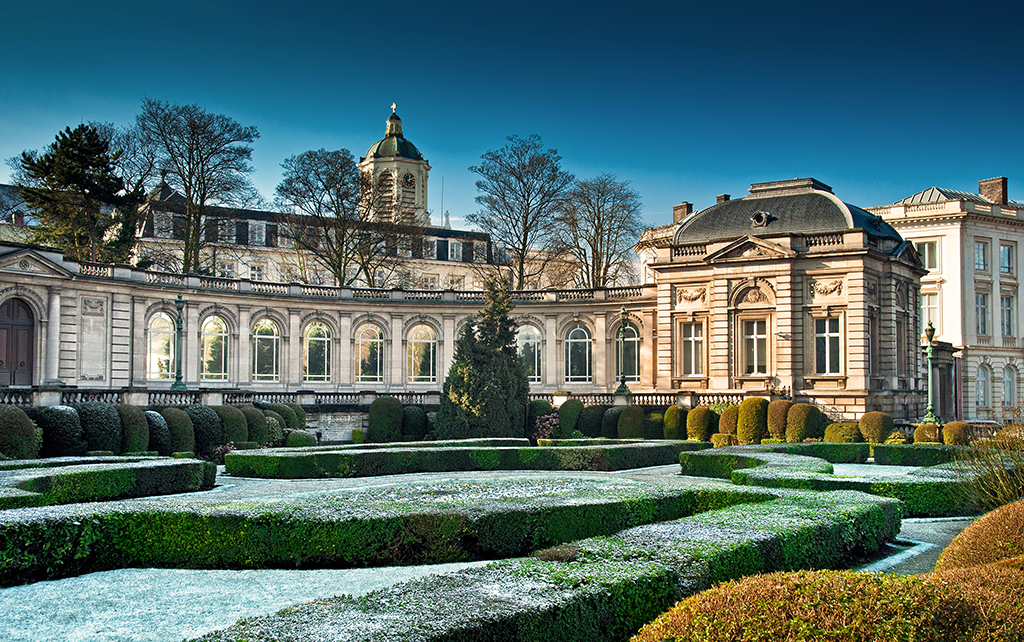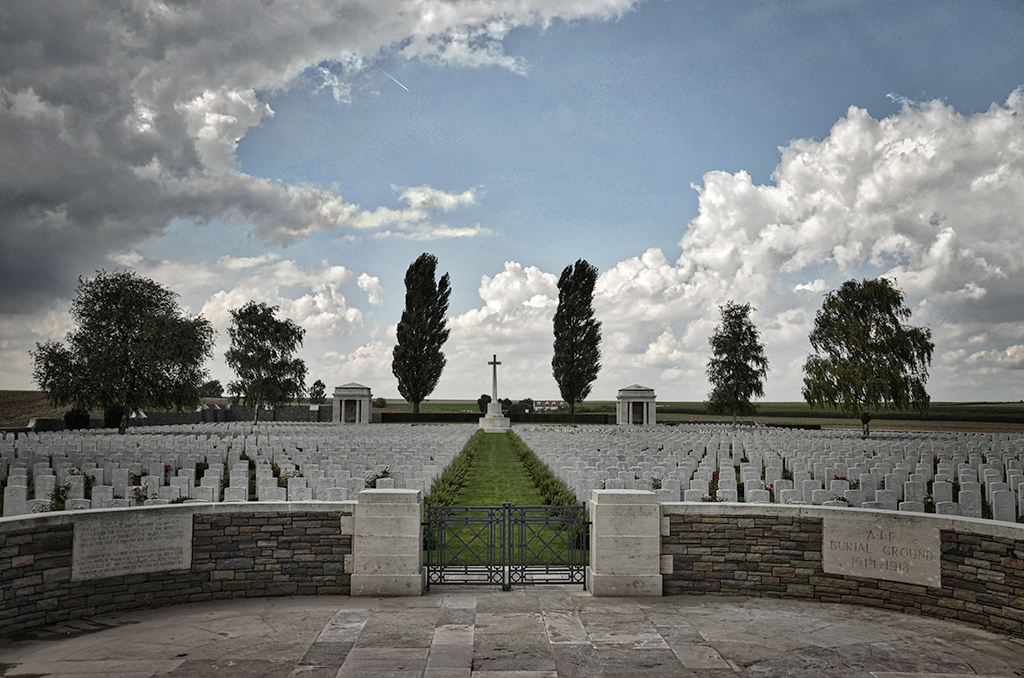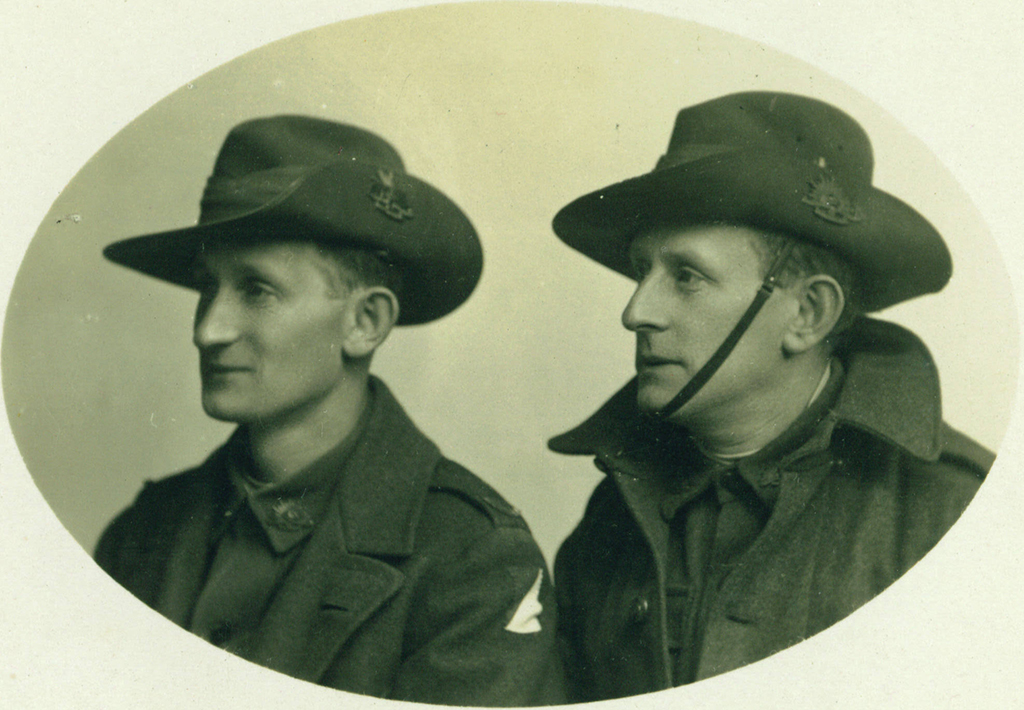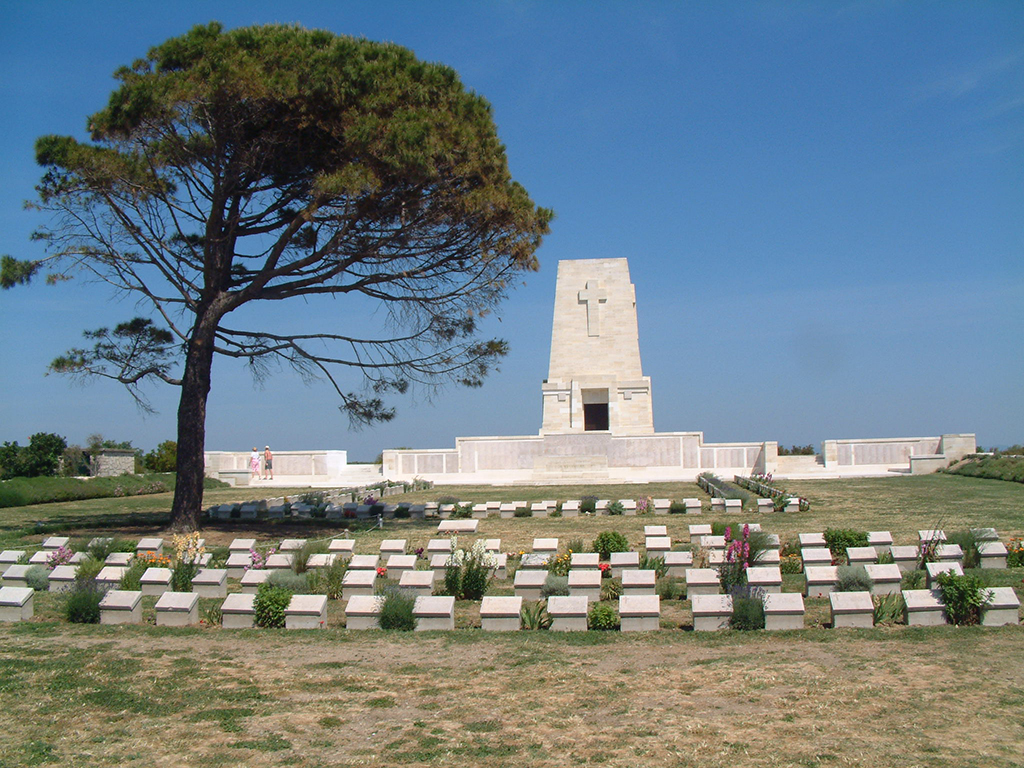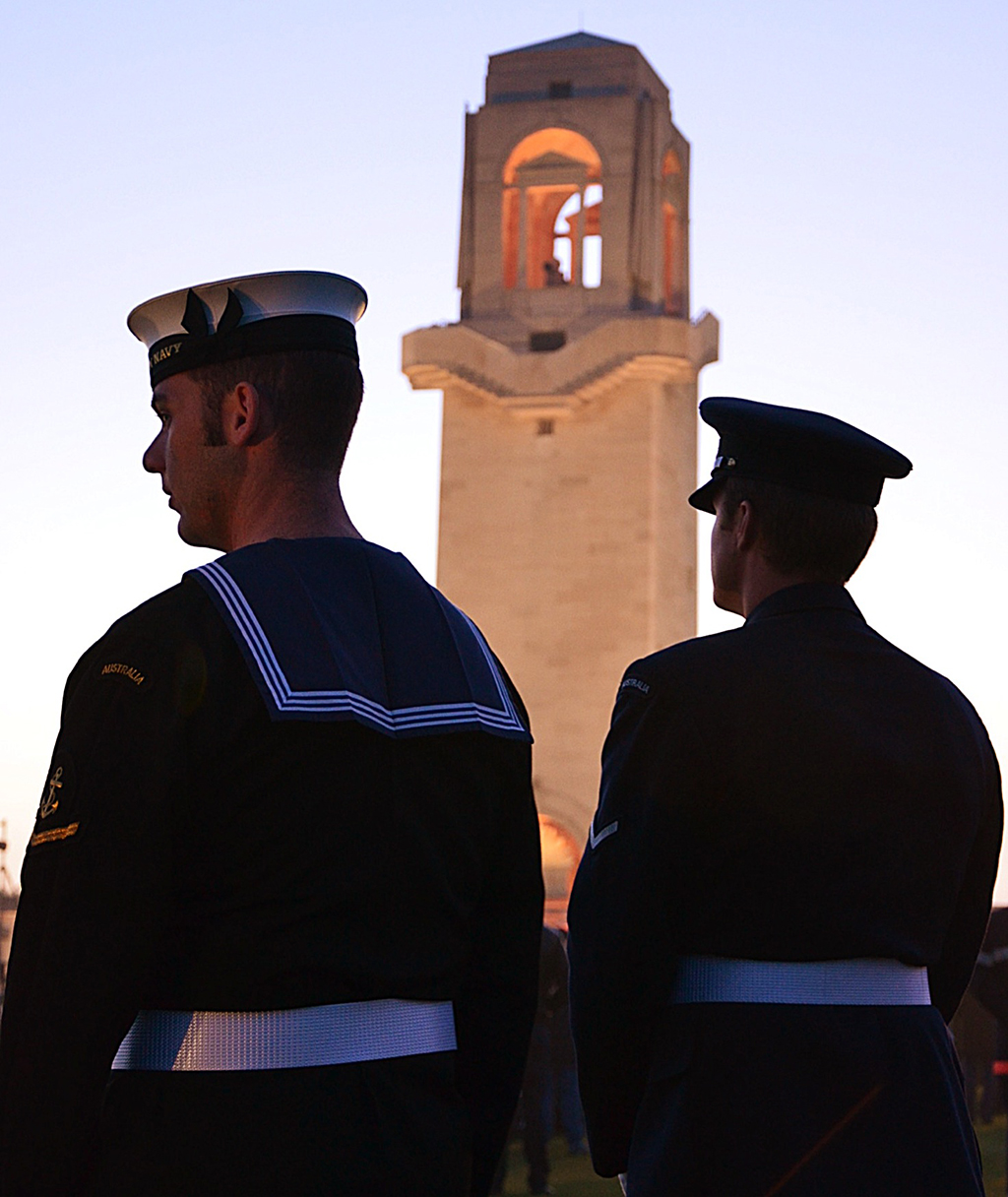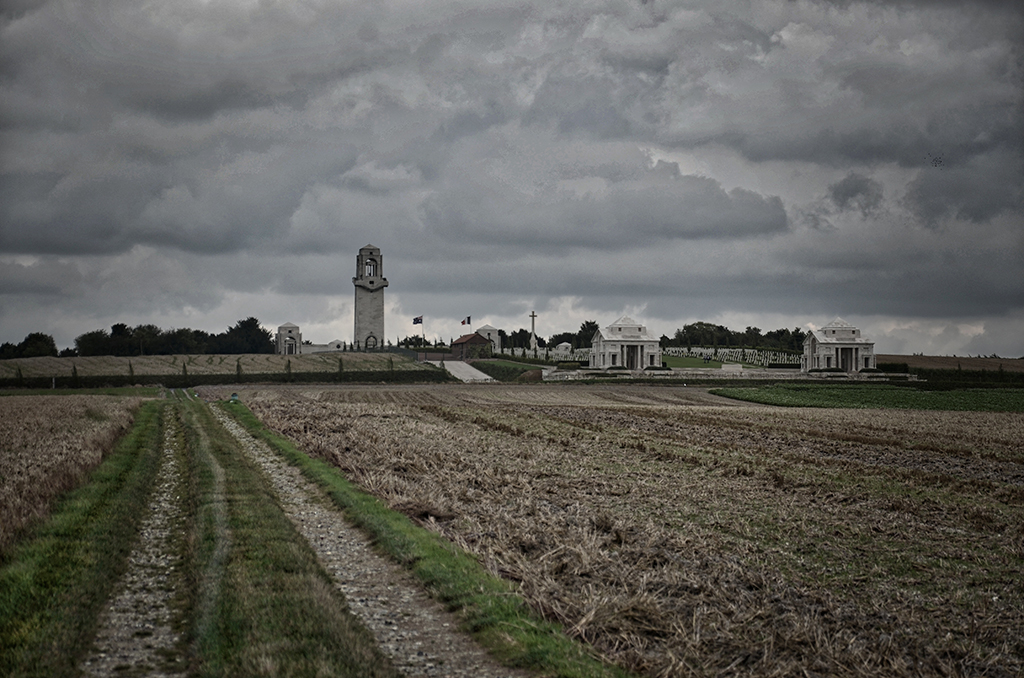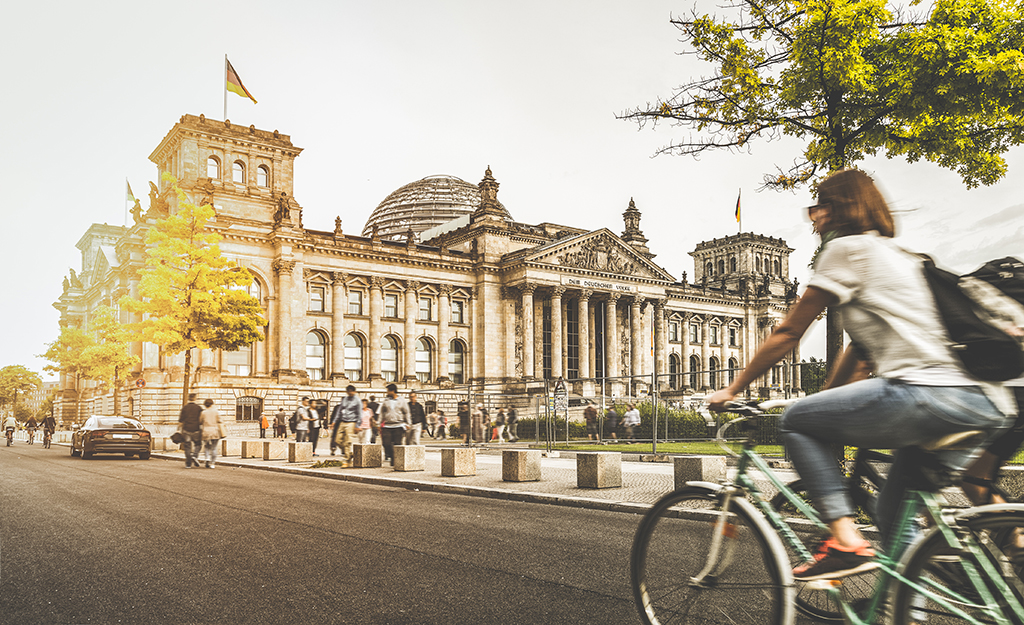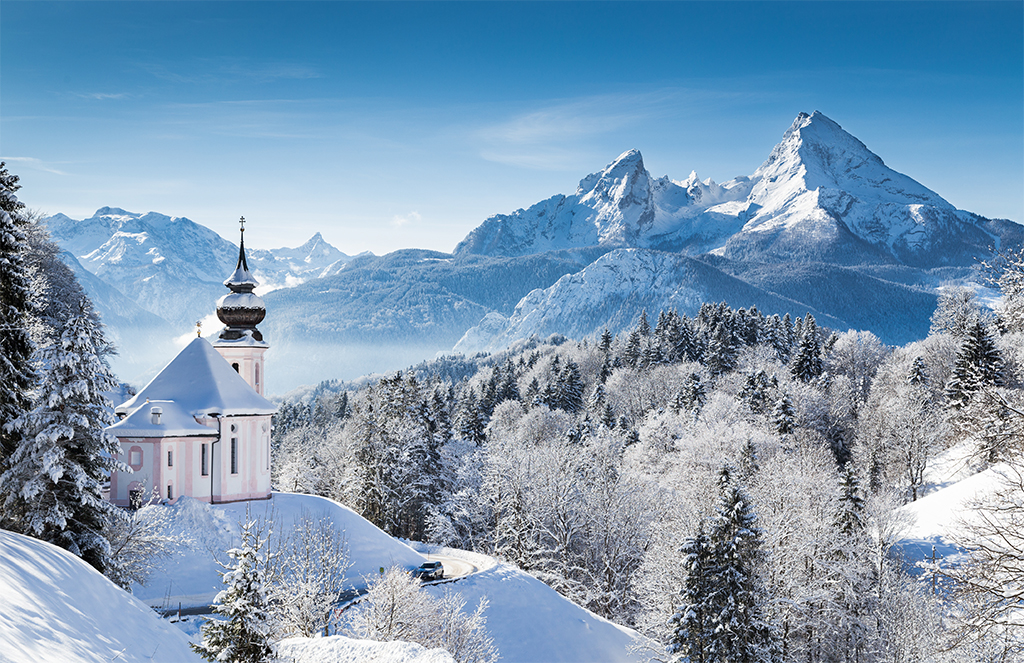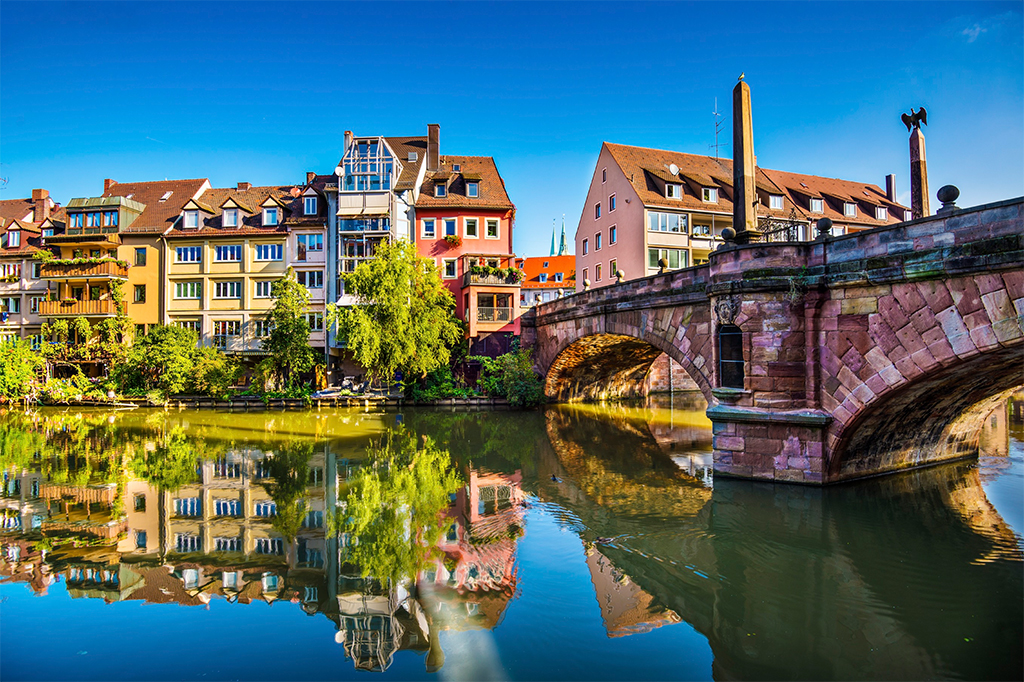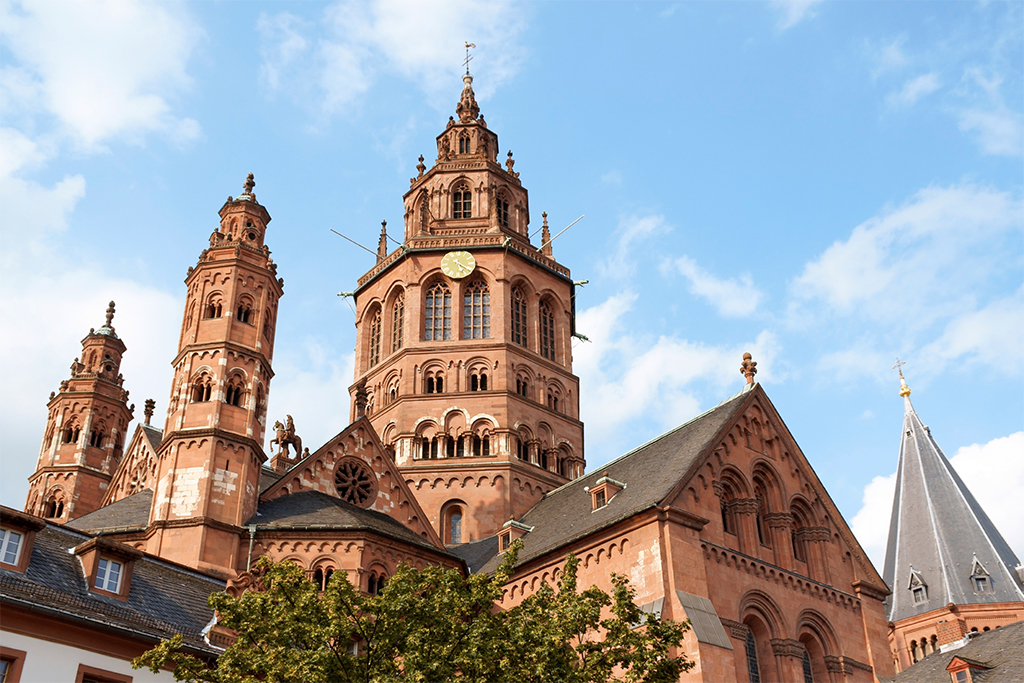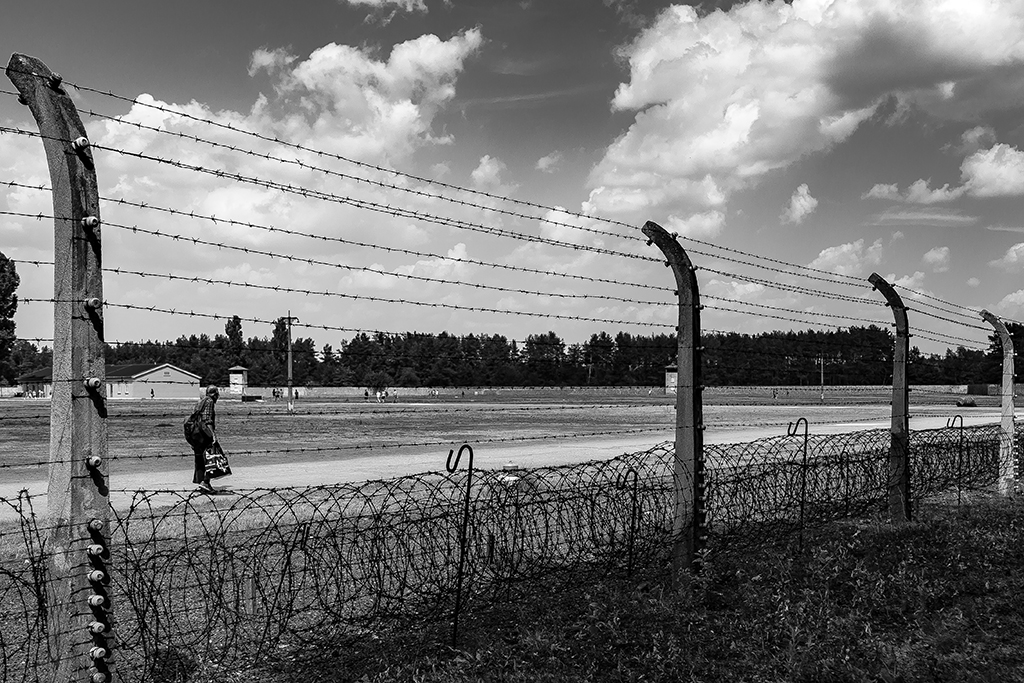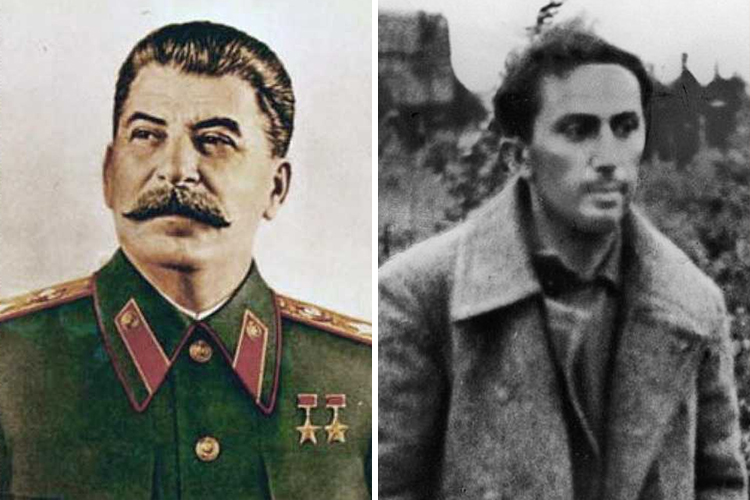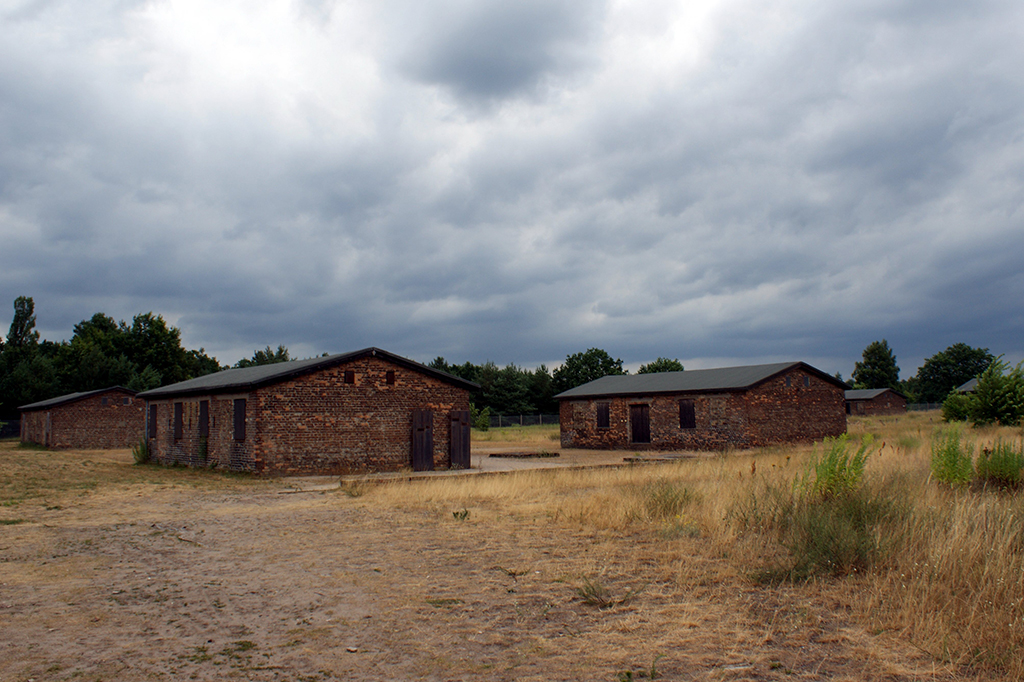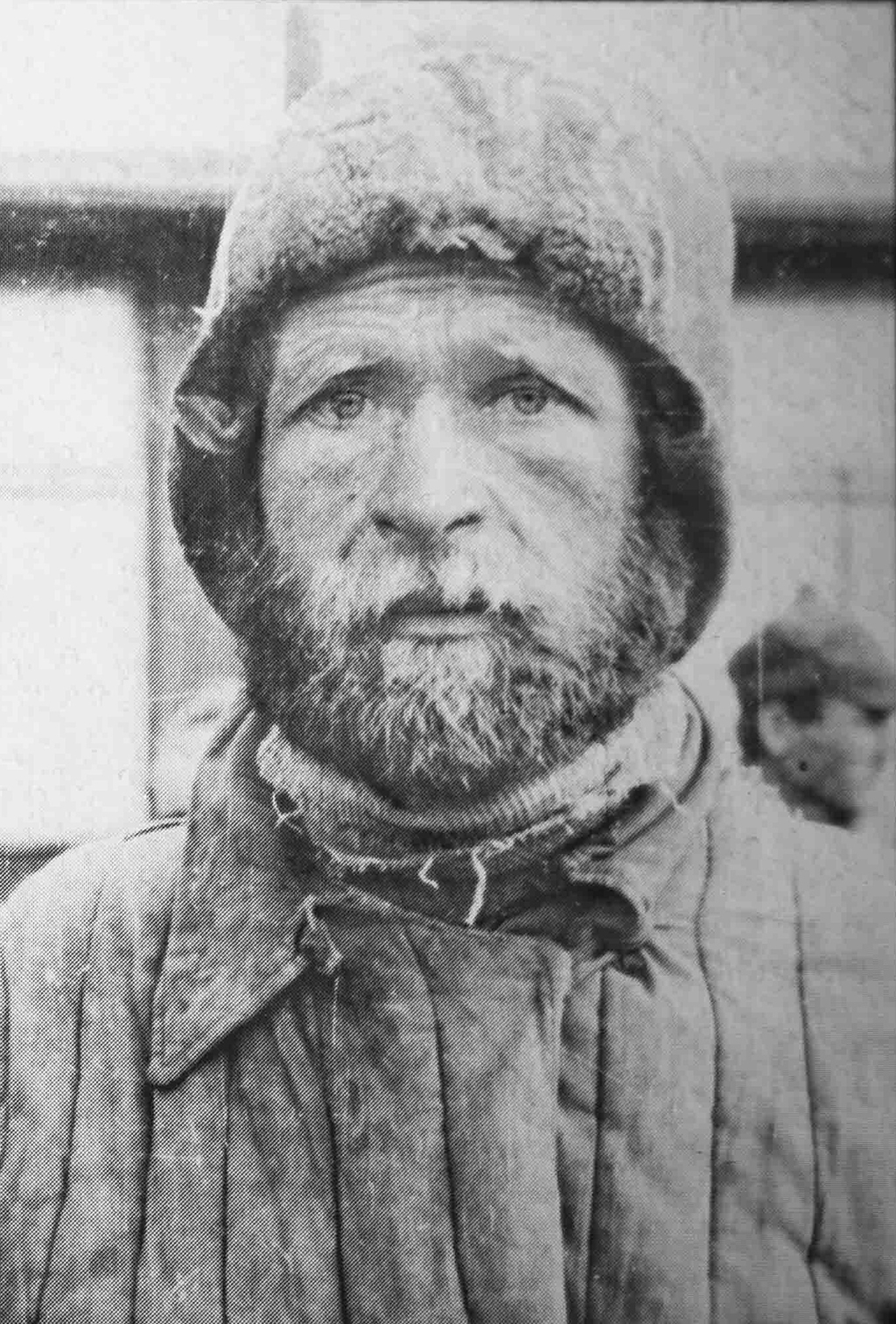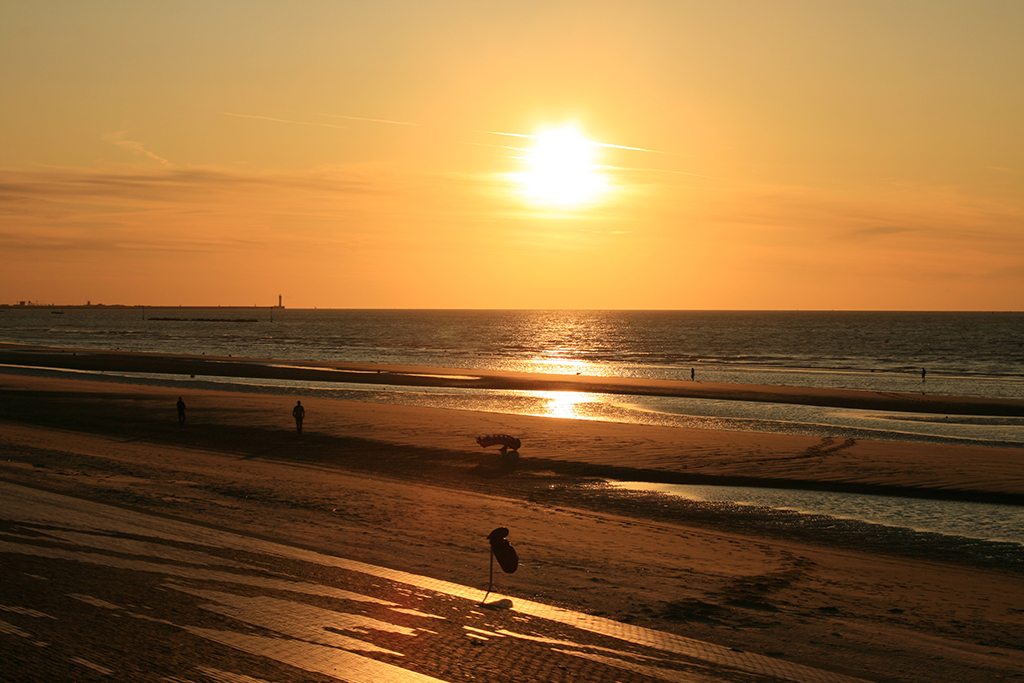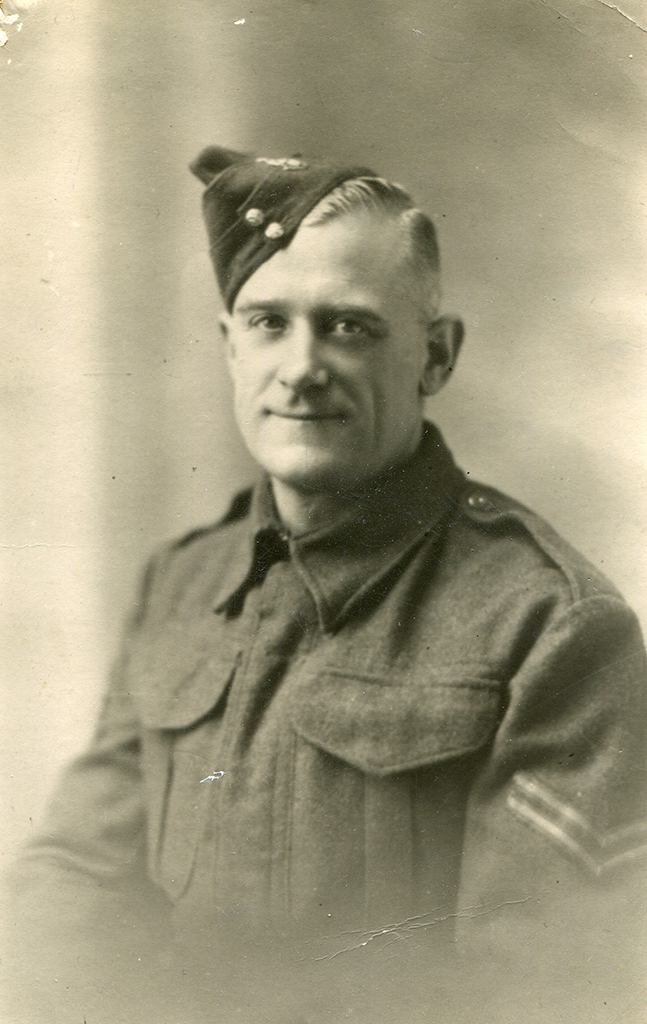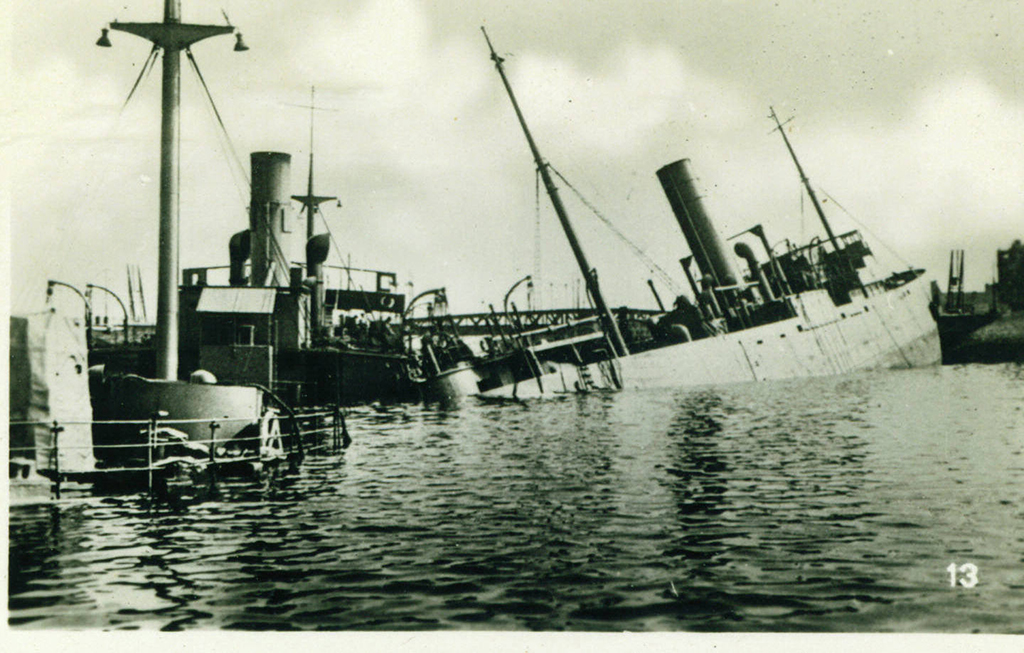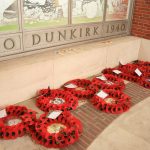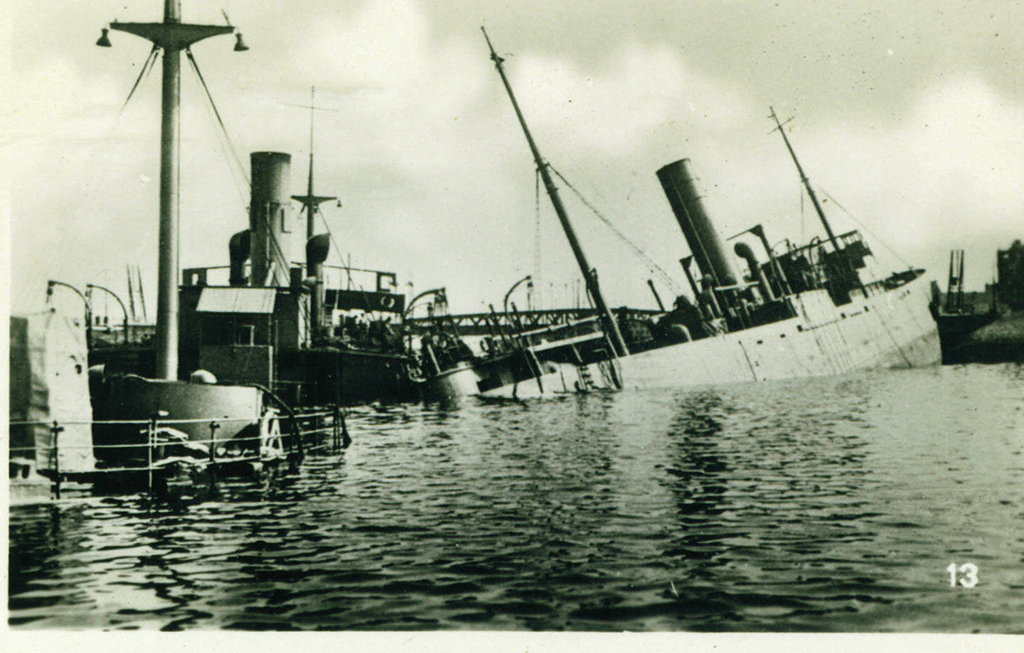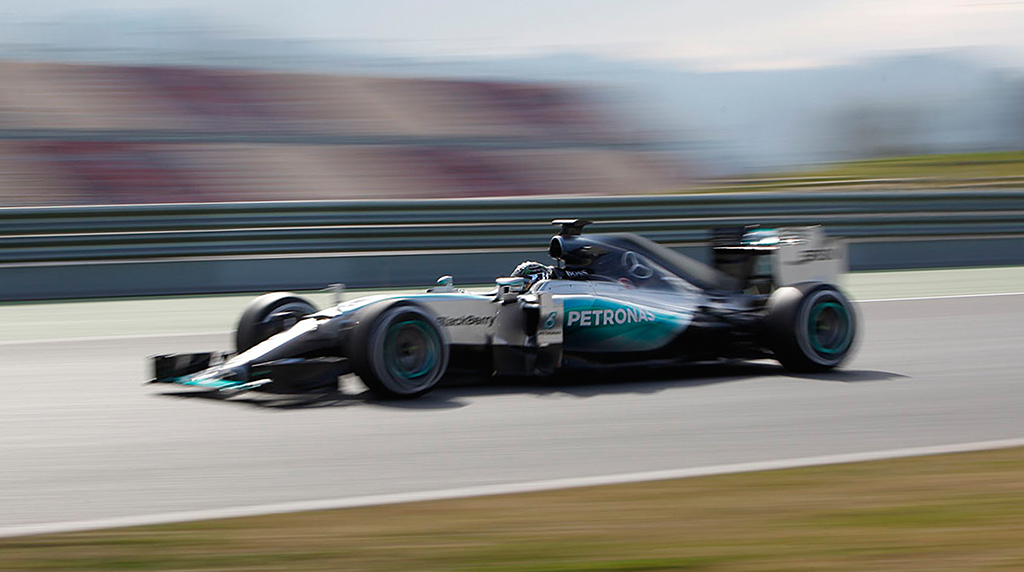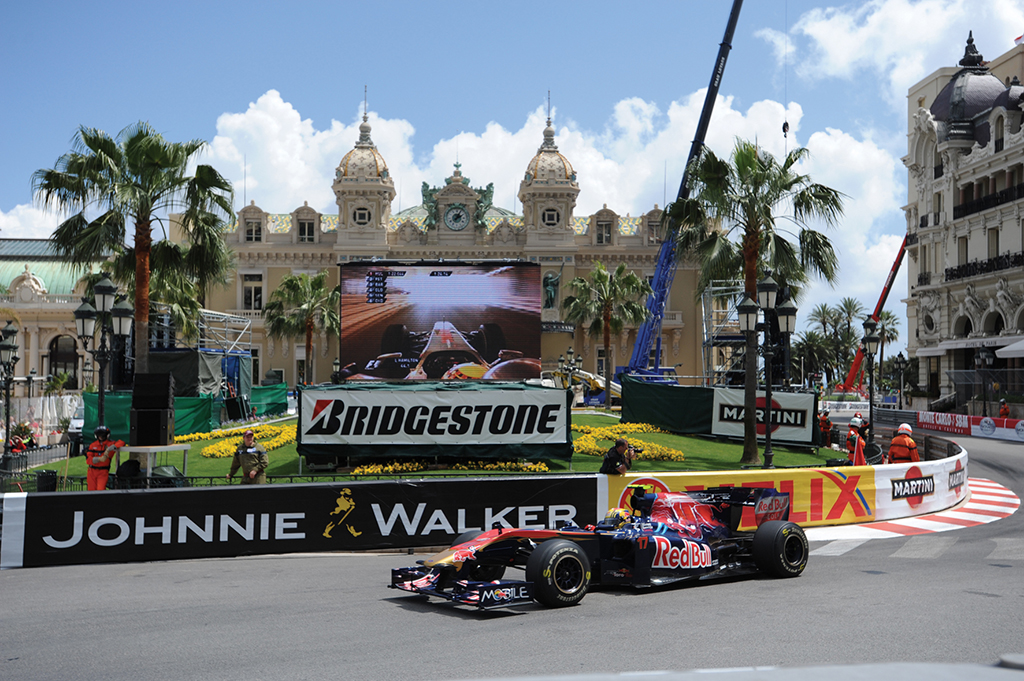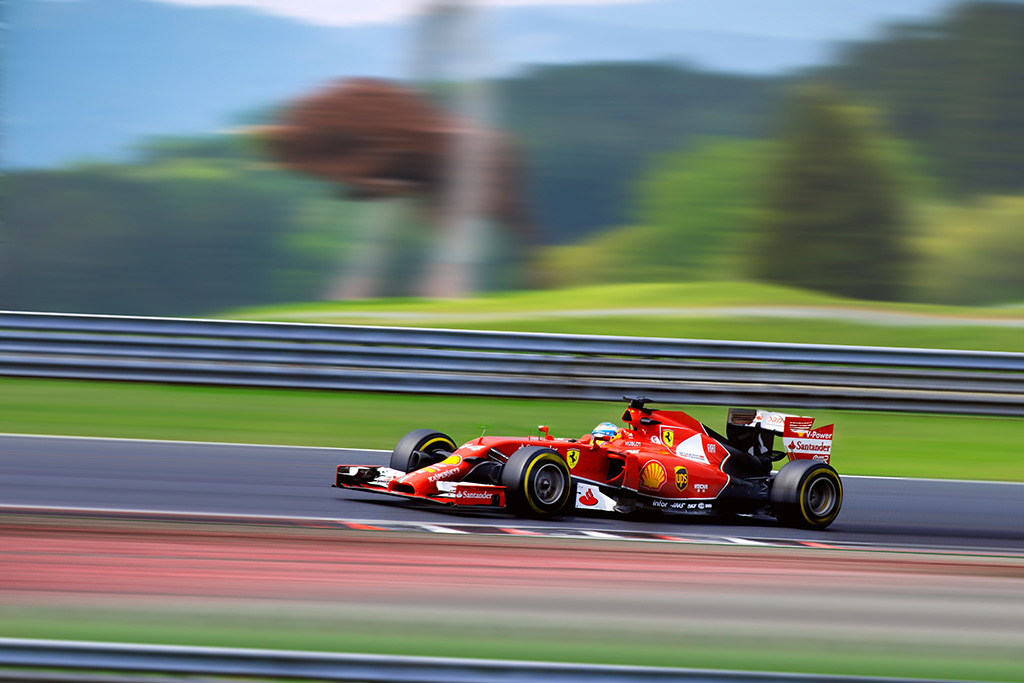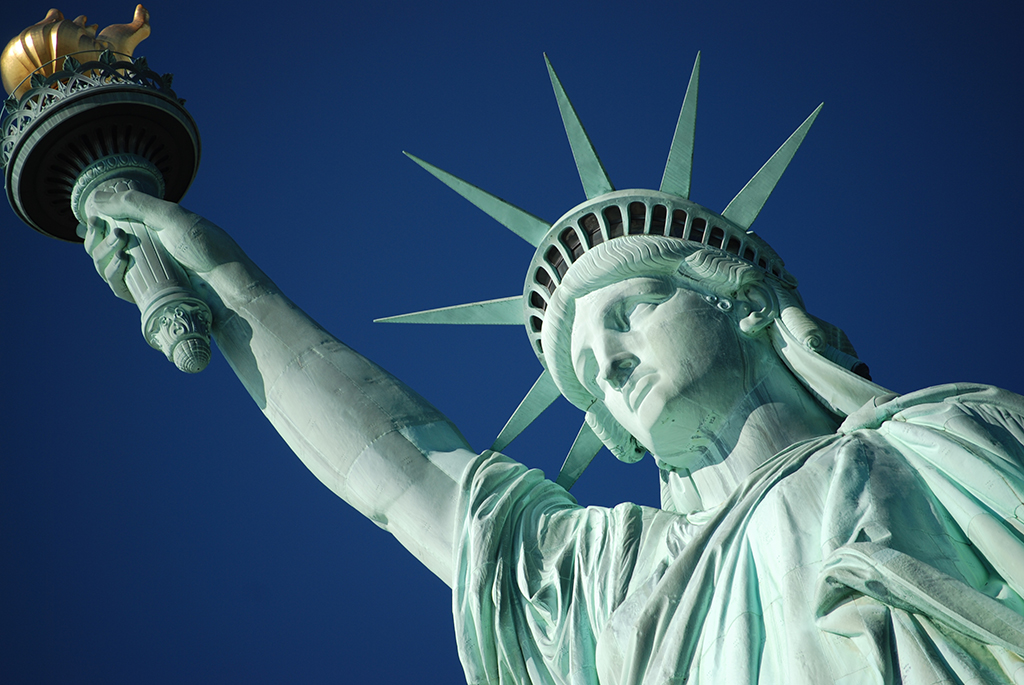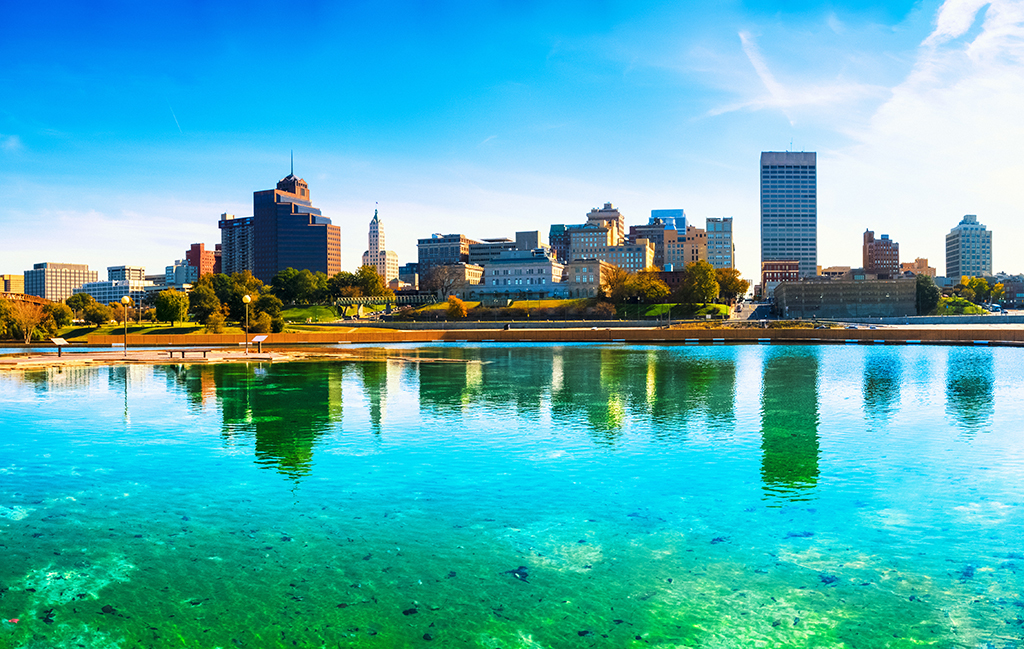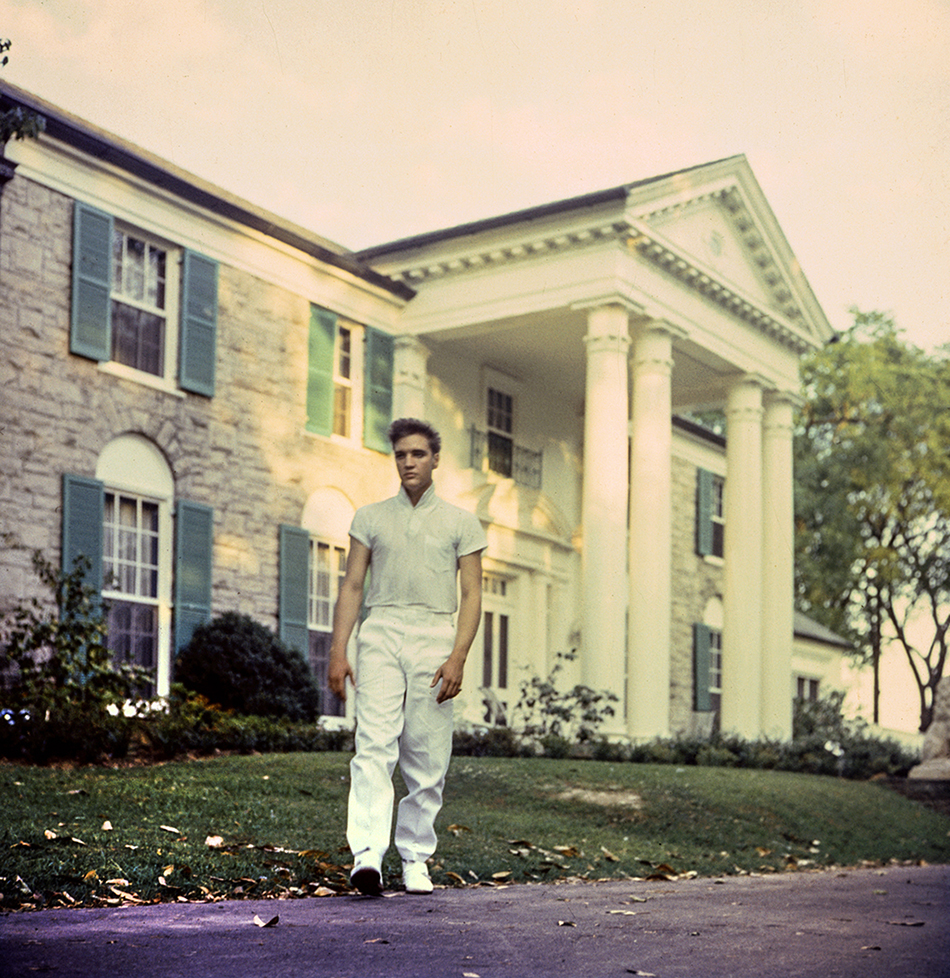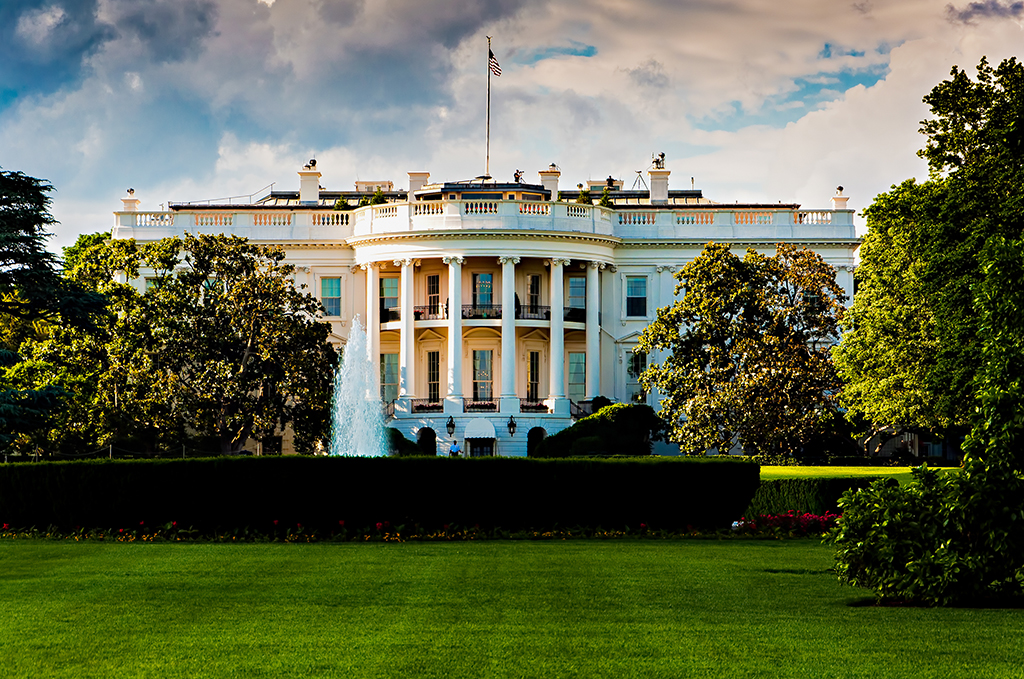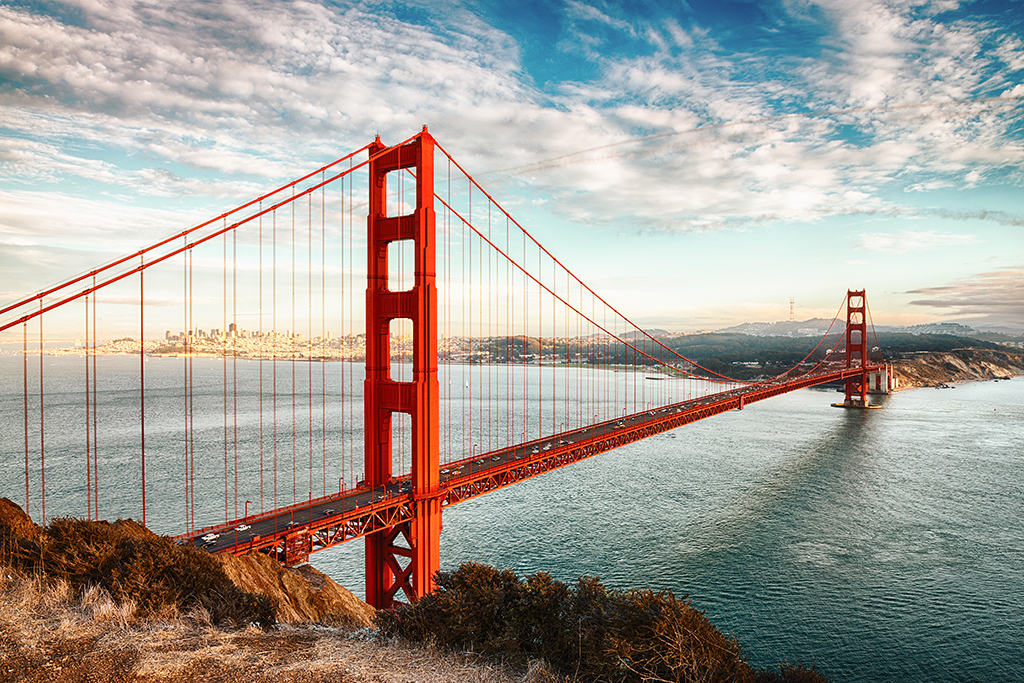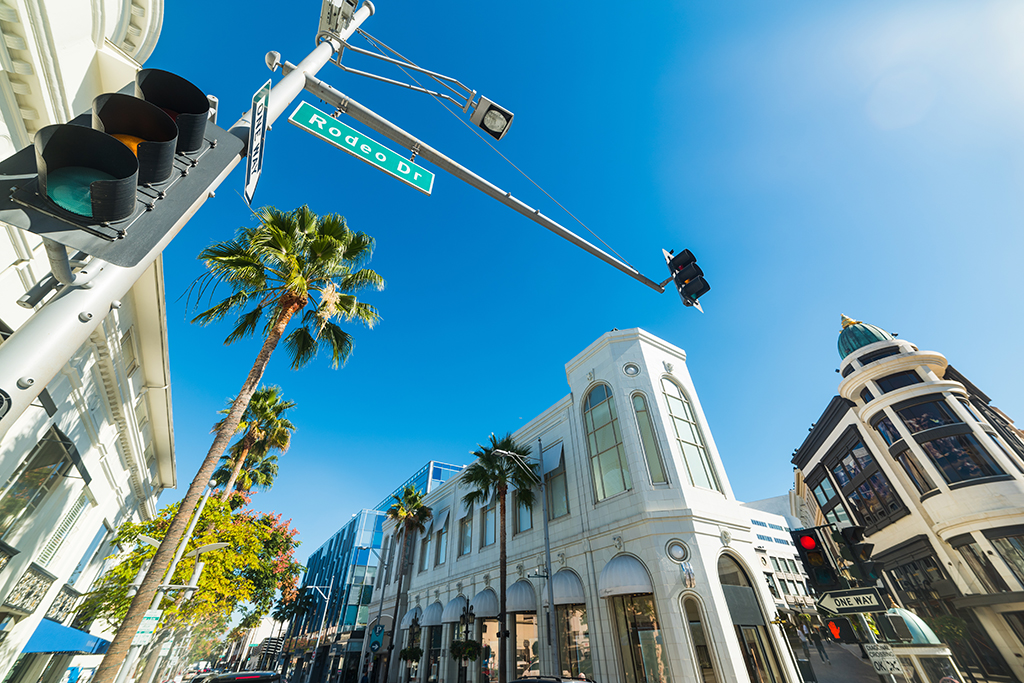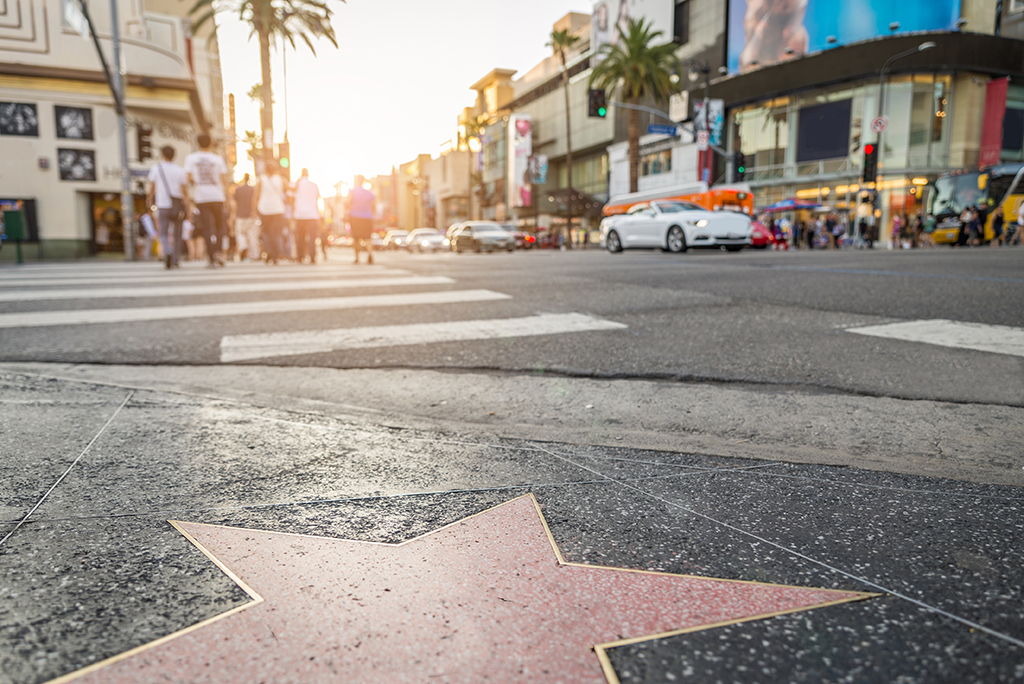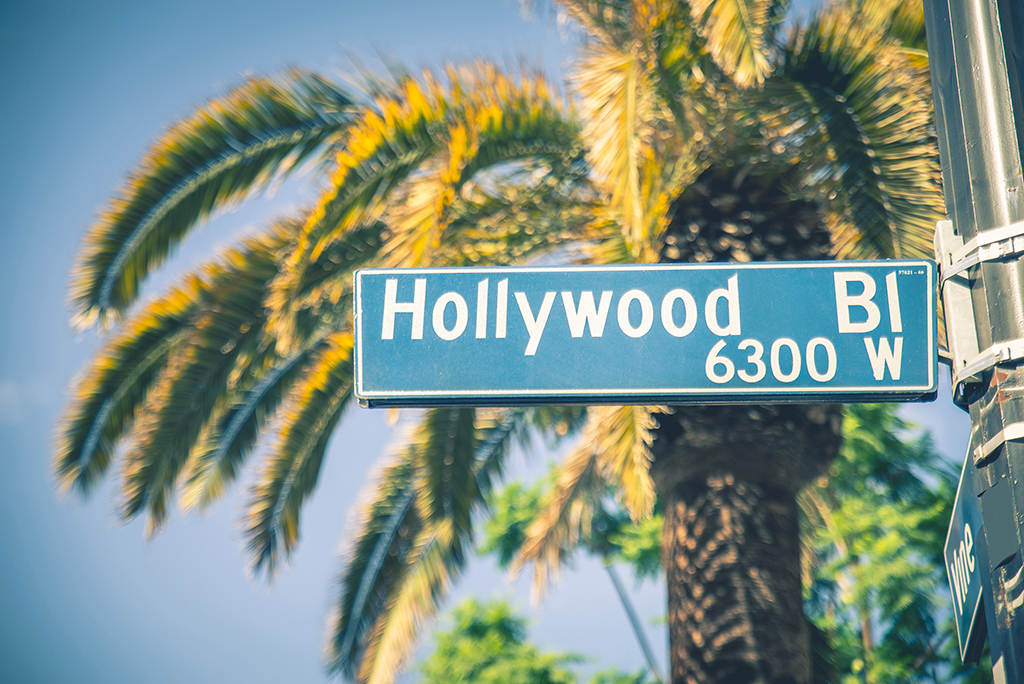Winter is coming… and, no, we’re not talking about Game of Thrones. More the crisp air, thick coats and the smell of Christmas treats galore, lingering around the cities of Europe.
The summer crowds are a distant memory yet these European cities are still very much alive, so what better time than to pack your bags and head off on an exciting winter escape to these incredible cities?
Cologne
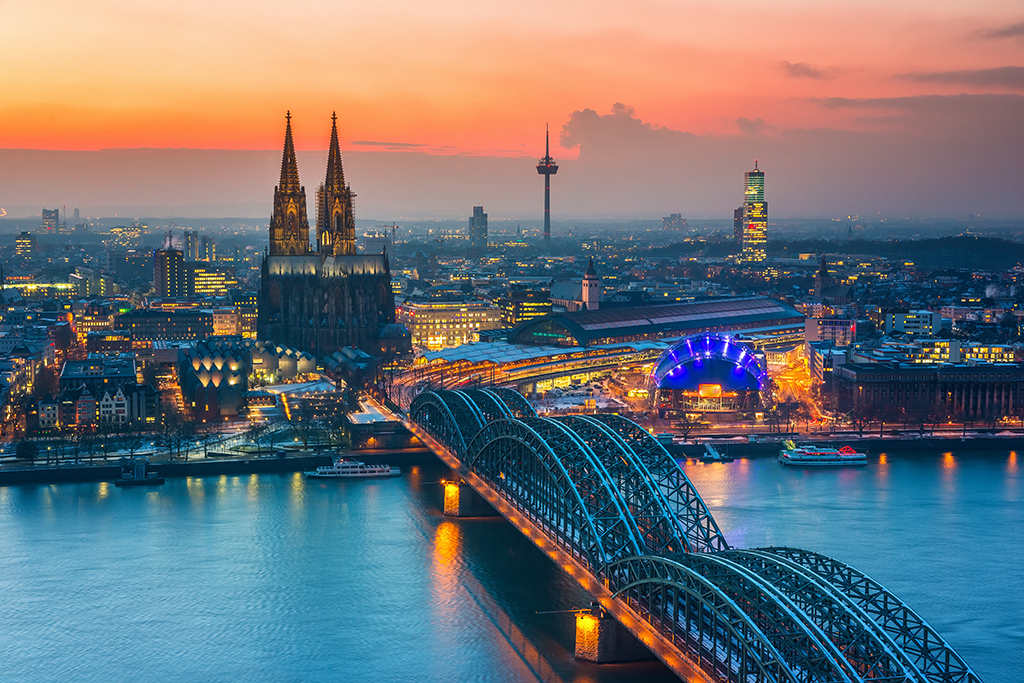
The star of the Rhine, Cologne well and truly comes alive in the wintertime. There’s a magical air about as its many Christmas markets open their shutters to a new season and the smell of roast chestnuts waft through the air leading revellers to one of the most festive destinations on earth.
With plenty to see and do, even beyond the Christmas markets, from the mighty cathedral to intriguing museums, you could even warm up a little by joining the locals by strapping on those skates and taking to an ice rink.
Or, if you fancy something a little less energetic, why not grab a hot chocolate and follow the route of the nativity scenes? There’s over 100 of them to find across the city.
As it is the season for giving, or even if you just fancy treating yourself after a long year of staying on the nice list, you’ll be happy to know that Cologne is one of the most popular cities for shopping.
From the well-known Schildergasse and Hohe Straße to something a little more luxururous at the Mittelstraße, you will certainly be spoiled for choice.
We love Cologne at any time of year, but there’s something about the winter season that warms our hearts.
Brussels
We’re giving you the chance to leave the Brussel sprouts once and for all, because this year you could well and truly have your portion of Brussels by visiting the winter wonderland that is the Belgian capital.
No longer will you have the dreaded sprout fear that the festive season brings, it’s all about chocolate, beer, waffles, fries and the sumptuous setting to the magical Winter Wonders, an unmissable event right in the heart of the city.
Spreading from the Grand Place to the Marche auz Poissons, you’ll enjoy an abundance of Christmas trees, ice-skating, Ferris wheels, merry-go-rounds, colourful stalls great tasting foods and a magical atmosphere that’s hard to beat.
Vienna
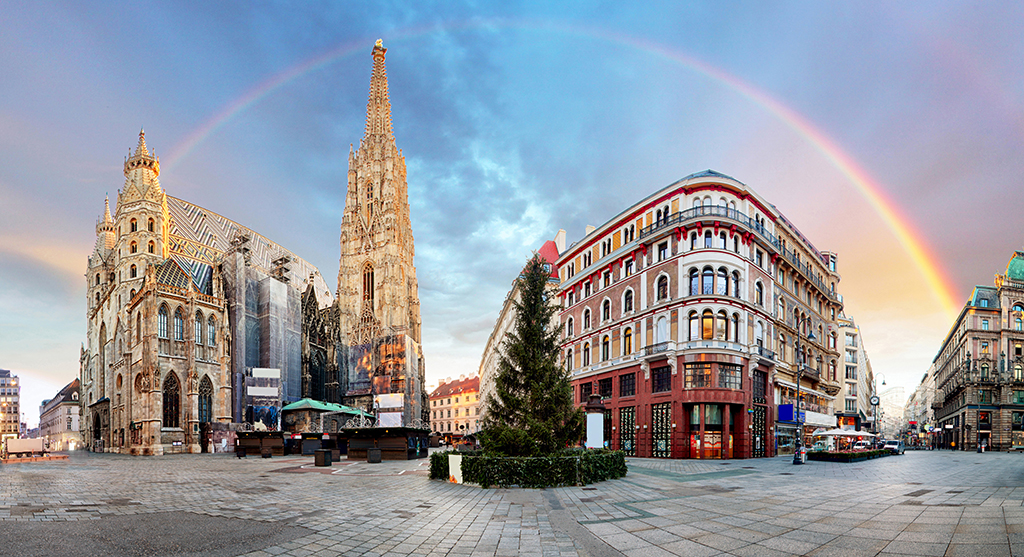
You’ll want to waltz right into this one! The music city, where Mozart wrote some of his finest work, where Beethoven enjoyed most of his success and the birth place of Schubert, you’re not short of culture in the Austrian capital.
But, it’s not just the culture that makes it worth visiting this magnificent city, the wintery hues and sparkling Christmas lights in every direction give the Vienna the cosiest of atmospheres, and with a warm heart, who cares about the cold?
Vienna comes alive with the spirit of Christmas, with the sounds of carol concerts and waltzes heard throughout the city. The December Market, or “Krippenmarkt”, now has over 20 official advent markets selling an array of gifts and mouth-watering treats.
With people wandering the twinkling streets sipping on Glühwein, nibbling on schnitzel and Apfelstrudel, it’s hard not to be filled with seasonal joy in Vienna!
Prague
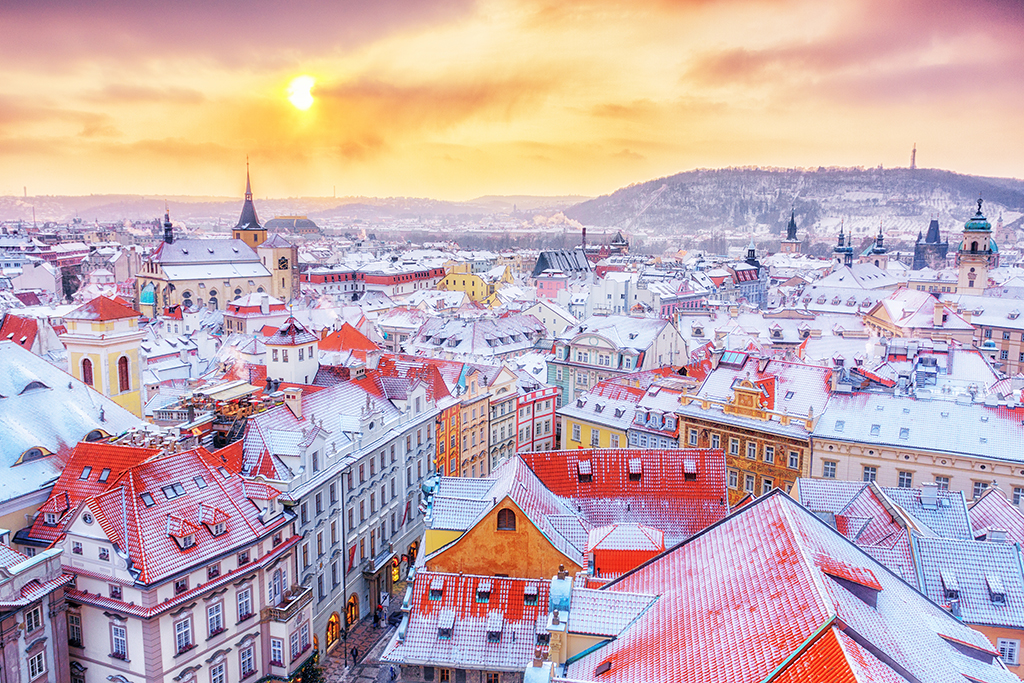
Prague, the home of Gothic romance. Medieval architecture reaching from the ground, high up into the winter’s sky, glistening in the icy moonlight. Sounds like something from a romantic vampire novel, right?
But, you don’t have to be a fan of Twilight-esque stories to appreciate Prague in the winter time. Yes, it’s chilly, but wrap up in warm layers and enjoy the spectacular setting in the low winter sunshine.
From Prague Castle to the Astronomical Clock, the winter weather doesn’t stop this city and with frosty walks across the Charles Bridge and stunning views of the Municipal House to look forward to, you might be wondering what took you so long to visit Prague in the winter months.
Salzburg
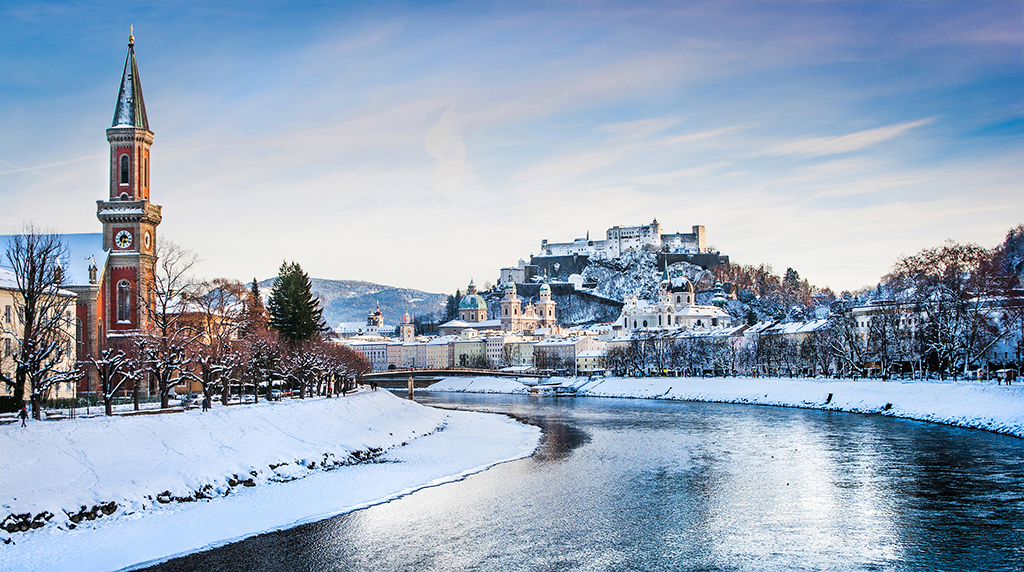
Ah, Salzburg… where the hills are alive with, well, absolute perfection. If there was ever any city that truly looked like a picture postcard winter wonderland, this is it.
Crisp weather with a good chance of snow-capped mountains to set the scene, this beautiful city is not just a pretty face, there’s also plenty to see and do.
The birthplace of Mozart and the origin of the ‘Silent Night’ Christmas carol, the city comes alive around Advent. The Lebkuchen Christmas cookies are in the oven and the Glühwein is in full flow.
The Christmas Market in Salzburg are well known throughout Europe, and for good reason. Of course, in the setting of the main square, overlooked by Hohensalzburg Castle, it’d be hard not to fall for the charm.
But with caramel almonds roasting and plenty of culinary delights and crafts to pick up whilst you’re there, the magical atmosphere is certainly a winner when it comes to choosing your winter holiday.
So, if you’re lost without your fix of Game of Thrones and are longing for your next spot of winter fun, we all know that Jon Snow knows nothing… but, luckily, we do. Embrace the winter and enjoy a Christmas market, fabulously festive break or a true winter wonderland experience with Leger Holidays.

